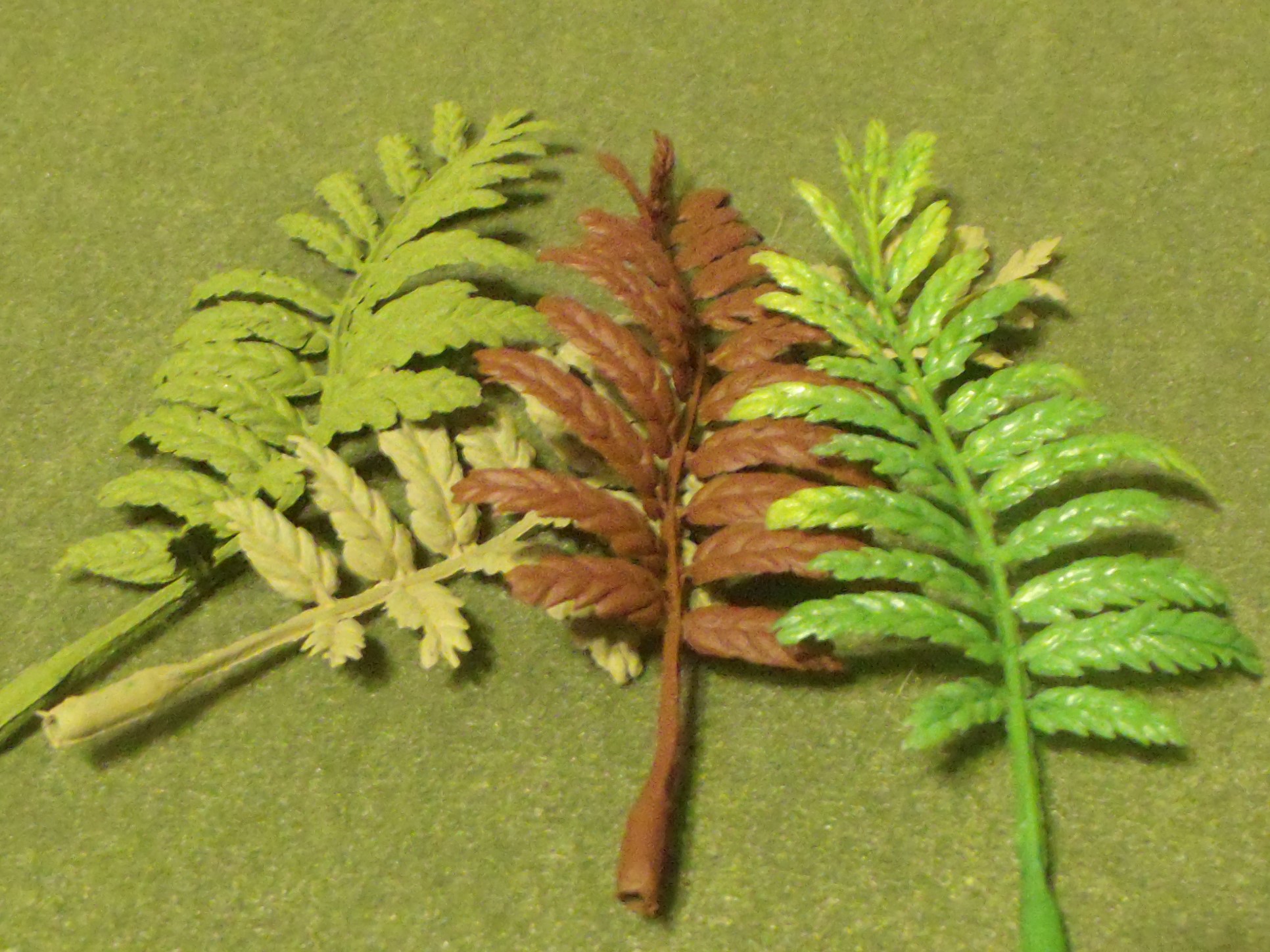
Trying to paint soft plastic can be very frustrating since it so often has disappointing results. However, the problem isn’t that the plastic is unpaintable, rather that people usually use the wrong type of paint. Soft plastics come in a wide variety of types so, unless you are an expert, it can be very difficult to tell them apart.
We have talked about this subject before in other articles, but because it is so important to making terrain we decided it should get an article of its own. Any plastic is paintable if you can get the correct paint to use on it. The real problem is figuring out what type of paint is the correct one for the particular piece of plastic you are trying to do. For starters, don’t expect your normal hobby paints to work; they are formulated to work on specific types of plastic.
The best paints we have found to use on soft plastics come from the hardware store, not the hobby store. Paint that says “bonds to plastic” on the label is usually what you are looking for. It is also important to understand that different manufacturers use different formulas, and it isn’t always clear which plastics they will work on. You probably won’t find a single paint that works on everything. Instead you will find that some paints work great on some plastics and not on others. If you get a paint that doesn’t seem to stick to anything don’t throw it out! You are probably just using it on the wrong type of plastic.
Every piece of soft plastic you use needs to be tested for compatibility with the paint you are using. To test it, simply paint several pieces and give them the torture test (wad it into a ball and rub it between your hands). Keeping in mind you might be gentler in real-use cases, you can now evaluate the results. In this example we used three types of paint and three types of plastic to show how the effects can change a lot.
The first one is a primer/paint combination that claims to bond to plastic. As you can see the results varied a lot on the different plastic types. It bonded very nicely with the one on the left, and had very little damage from the test. It hardly stuck at all to the center one, and would be completely unusable with that plastic. The one on the right also bonded but showed considerably more damage from the test. Depending on the colors used it may or may not work.
The second paint was designed to be used with fabric and vinyl. It didn’t stick to the one on the left or the center one, but worked nicely with the one on the right. This had been a difficult plastic to use in the past, so I was very happy to find one that worked well on it!
The last paint was a primer only version of the same paint used on the first set. It was the only one that worked at all on the very shiny plastic. It got a very strenuous test, because I was actually trying to knock the paint off. If you are willing to experiment, it is possible to paint soft plastic and not have the paint just fall off, so give it a try.








